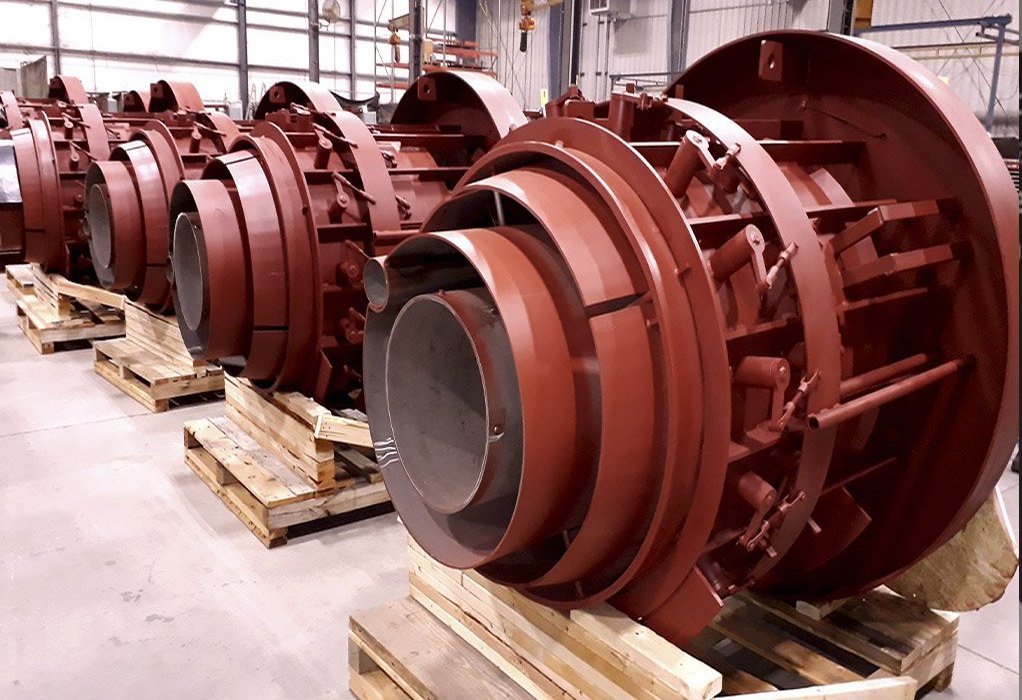Since implementing one of the first nitrogen oxide (NOx) abatement projects in the country in 2019, Babcock International has completed a further three boiler installations at a large industrial petrochemical plant, reaching emission levels of almost 40% lower than the legal requirements.
Nitrogen oxides are harmful gases that form when fuel is burned at high temperatures emitted through combustion of fossil fuels, which remain the primary source of South Africa’s power. To improve air quality, nations around the world have committed to lower NOx emissions through legislation that determines acceptable levels of NOx in the atmosphere. In South Africa, the National Environmental Management: Air Quality Act calls for maximum NOx levels of 750 mg/Nm3 for solid fuel combustion installations with a thermal rating of more than 50 MW.
Babcock’s first NOx abatement installation, which achieved levels of 651 mg/Nm3, received the South African National Energy Association (SANEA) Energy Project Award in 2019. Three additional iterations have been completed since the first installation, with the most recent recording the greatest success where performance tests delivered post-abatement NOx emissions of 469 mg/Nm3 – making this among the lowest NOx emissions for a pulverised coal (PC)-fired boiler installation in South Africa.
Juan Gerber, Process Engineering Manager at Babcock, explains that PC-fired boilers are generally larger utility-type boilers that generate steam, which in turn generates power. To regulate NOx emissions, new power plants are fitted with low NOx burners, while older PC-fired boilers would require to be retrofitted to comply with legislation by 2025 in order to continue operating.
“These boilers generate power for the client’s own use and for resale, so in the event the boilers need to be switched off, the consequences are immense,” says Gerber. “We worked with Babcock & Wilcox (B&W) to provide a solution to ensure the client’s petrochemical plant, which comprises 12 boilers in total, is compliant with the legal requirements. B&W, a U.S.-based technology firm founded in 1867, has more than 50 years of experience in installing low NOx combustion systems for both new and retrofit boiler applications around the world.”
Gerber says that B&W’s DRB-XCL® low NOx burners were selected to help meet the new emissions limits. One of the main advantages of the DRB-XCL burner is that the internals of the burner are customisable and burner performance can be optimised in situ by adjusting components. This enabled priority to initially be given to stable operation, and upon site testing, boiler system settings and burner internals could be adjusted incrementally until the optimum balance between stability and minimum NOx was achieved.
“During the final performance test of the installation in the fourth iteration, NOx emissions were reduced by more than 40 percent of the targeted emissions level,” says Gerber. He explains that the system operators are a vital link in the performance of the boilers, as they are able to monitor and adjust the settings to optimise the boiler’s performance. Babcock provided training for operators with regard to how the technology works and what is required from operators for the system to be optimised.
Reflecting on the performance and lessons learnt since the first installation, Matimba Mangotlo, Project Engineer for Babcock, says that the hardware has proven to be extremely reliable, which is critical for this type of plant.
“Furthermore, there has been continuous improvement in the way we design, project manage and stakeholder manage each installation. We have also introduced industrial relations to involve the local community so that each outage is managed without incident.”
He explains that the installations have to take place within planned outages so time is of the essence. “We have refined our project delivery for every boiler that is completed, and have demonstrated that the project can be implemented successfully over 15 months in parallel with other boilers, which is an improvement of 17 months compared to the initial installation,” says Mangotlo.
“Whilst B&W remains a key partner and continues to provide support to the local Babcock team throughout each unit’s engineering, installation and commissioning phases, we are proud to have local expertise to address local challenges,” says Gerber.
“As South Africa’s leading steam generation service provider, Babcock has all the engineering disciplines in-house to successfully deliver a project of this scope, from process, thermal and control instrumentation to mechanical and piping engineering capabilities – ensuring support throughout the project life cycle.
“We are proud to be involved in a project of this nature that makes a significant improvement to air quality in South Africa,” concludes Gerber.
Source: www.engineeringnews.co.za
Tags: Babcock International, Combustion, Fossil Fuels, Nox Abatement



Recent Posts
PIL Conducts First Simultaneous Cargo and LNG Bunkering in Singapore
NYK Takes Delivery of LNG-Fuelled Capesize Bulker SG Dawn
Swire Shipping joins Achilles Maritime Network to strengthen supply chain sustainability and compliance
L&T Open to Minority Stake Sale in Green Hydrogen and Ammonia Projects
Government Briefs Parliament on Oil, Gas, and Alternative Fuel Projects
Angola’s NVS Targets Green Methanol Production for Multiple Sectors
CBH Group Trials Biofuels to Cut Maritime Emissions in Grain Exports to Europe
Grimaldi Group Takes Delivery of Ammonia-Ready PCTC Grande Tianjin